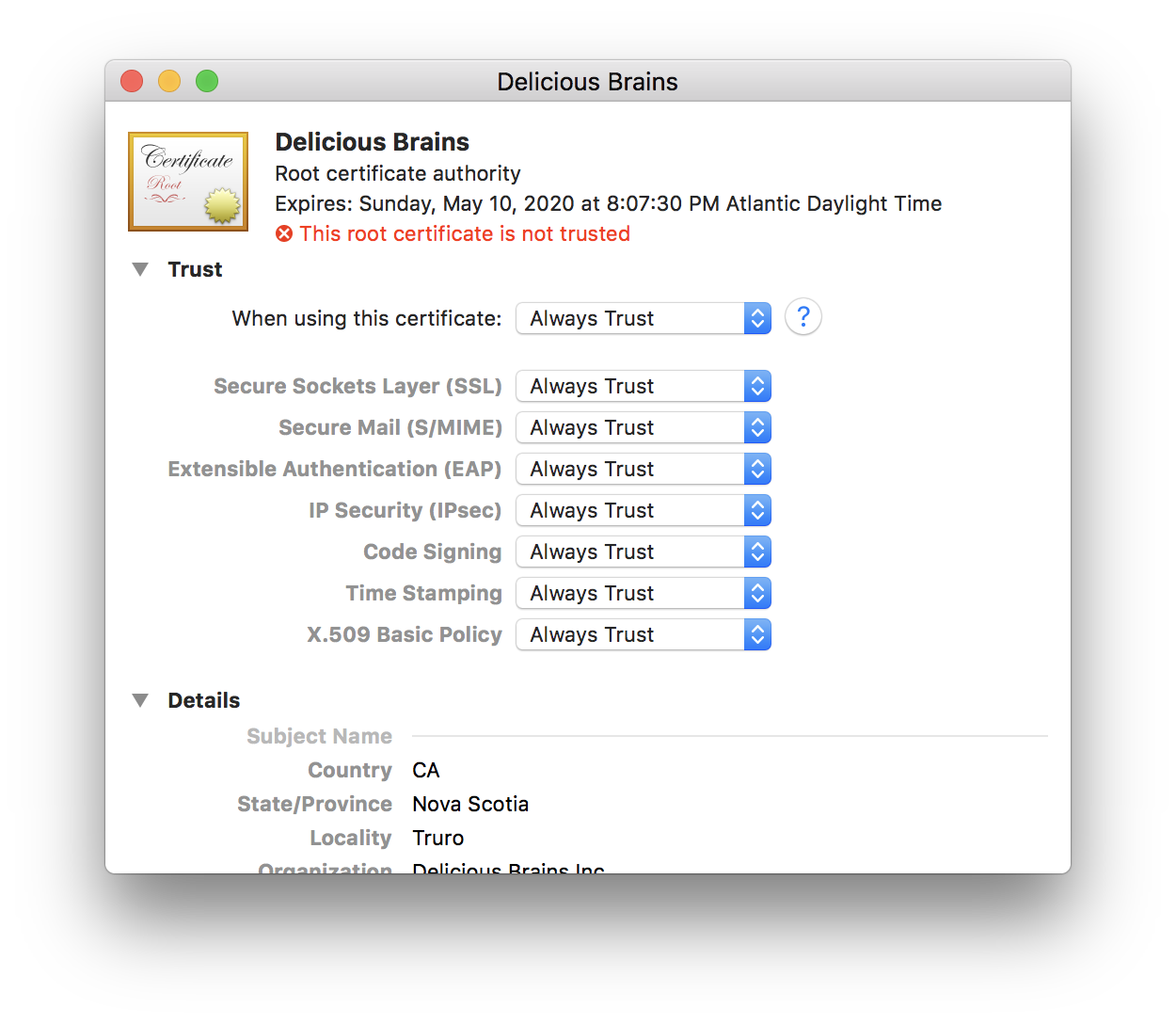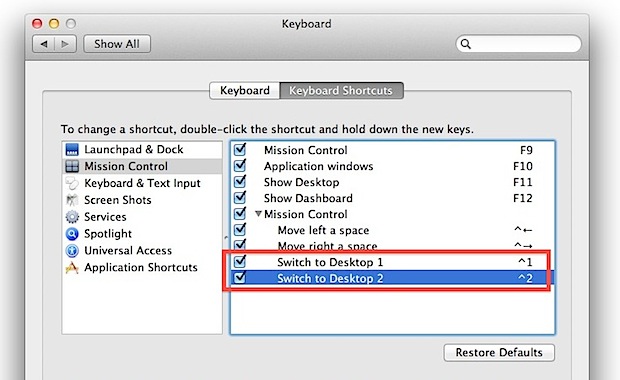- Openssl Create Key
- How To Use Openssl Tool
- Using Openssl To Create Keys For Mac Pro
- Install Openssl On Mac
Download and install the OpenSSL runtimes. If you are running Windows, grab the Cygwin package.
- Apr 03, 2020 Create and provision an IoT Edge device using symmetric key attestation. 4/3/2020; 7 minutes to read; In this article. Azure IoT Edge devices can be auto-provisioned using the Device Provisioning Service just like devices that are not edge-enabled. If you're unfamiliar with the process of auto-provisioning, review the auto-provisioning concepts before continuing.
- Create self-signed certificates in Keychain Access on Mac. You can create a self-signed certificate using the Certificate Assistant in Keychain Access. Self-signed certificates don’t provide the guarantees of a certificate signed by a certificate authority but can be useful if the person signing it is trusted. Open Keychain Access for me.
OpenSSL can generate several kinds of public/private keypairs.RSA is the most common kind of keypair generation.[1]
Other popular ways of generating RSA public key / private key pairs include PuTTYgen and ssh-keygen.[2][3]
Generate an RSA keypair with a 2048 bit private key[edit]
Execute command: 'openssl genpkey -algorithm RSA -out private_key.pem -pkeyopt rsa_keygen_bits:2048'[4] (previously “openssl genrsa -out private_key.pem 2048”)
OpenSSL has a variety of commands that can be used to operate on private key files, some of which are specific to RSA (e.g. Openssl rsa and openssl genrsa) or which have other limitations. Here we always use openssl pkey, openssl genpkey, and openssl pkcs8, regardless of the type of key. The first section describes how to generate private keys. Reasons for importing keys include wanting to make a backup of a private key (generated keys are non-exportable, for security reasons), or if the private key is provided by an external source. This document will guide you through using the OpenSSL command line tool to generate a key pair which you can then import into a YubiKey. Sep 30, 2019 Tip: if you want to generate the Private key and CSR code in another location from the get go, skip step 3.1. And replace the openssl part of the command with.OpenSSL base folder.binopenssl.exe:.OpenSSL base folder.binopenssl.exe req -new -newkey rsa:2048 -nodes -keyout.Some path.server.key -out.Some path.servercsr.txt.
e.g.
Make sure to prevent other users from reading your key by executing
chmod go-r private_key.pem
afterward.

Extracting the public key from an RSA keypair[edit]

Execute command: '
openssl rsa -pubout -in private_key.pem -out public_key.pem
'
e.g.
A new file is created, public_key.pem, with the public key.
It is relatively easy to do some cryptographic calculations to calculate the public key from the prime1 and prime2 values in the public key file.However, OpenSSL has already pre-calculated the public key and stored it in the private key file.So this command doesn't actually do any cryptographic calculation -- it merely copies the public key bytes out of the file and writes the Base64 PEM encoded version of those bytes into the output public key file.[5]
Viewing the key elements[edit]
Execute command: '
openssl rsa -text -in private_key.pem
'
Openssl Create Key
All parts of private_key.pem are printed to the screen. This includes the modulus (also referred to as public key and n), public exponent (also referred to as e and exponent; default value is 0x010001), private exponent, and primes used to create keys (prime1, also called p, and prime2, also called q), a few other variables used to perform RSA operations faster, and the Base64 PEM encoded version of all that data.[6](The Base64 PEM encoded version of all that data is identical to the private_key.pem file).
Password-less login[edit]
Often a person will set up an automated backup process that periodically backs up all the content on one 'working' computer onto some other 'backup' computer.
Because that person wants this process to run every night, even if no human is anywhere near either one of these computers, using a 'password-protected' private key won't work -- that person wants the backup to proceed right away, not wait until some human walks by and types in the password to unlock the private key.Many of these people generate 'a private key with no password'.[7]Some of these people, instead, generate a private key with a password,and then somehow type in that password to 'unlock' the private key every time the server reboots so that automated toolscan make use of the password-protected keys.[8][3]
Further reading[edit]
How To Use Openssl Tool
- ↑Key Generation
- ↑Michael Stahnke.'Pro OpenSSH'.p. 247.
- ↑ ab'SourceForge.net Documentation: SSH Key Overview'
- ↑'genpkey(1) - Linux man page'
- ↑'Public – Private key encryption using OpenSSL'
- ↑'OpenSSL 1024 bit RSA Private Key Breakdown'
- ↑'DreamHost: Personal Backup'.
- ↑Troy Johnson.'Using Rsync and SSH: Keys, Validating, and Automation'.
Using Openssl To Create Keys For Mac Pro

- Internet_Technologies/SSH describes how to use 'ssh-keygen' and 'ssh-copy-id' on your local machine so you can quickly and securely ssh from your local machine to a remote host.
-Using-OpenSSL-Step-6.jpg)
Install Openssl On Mac
Keychain Access User Guide
You can create a self-signed certificate using the Certificate Assistant in Keychain Access. Self-signed certificates don’t provide the guarantees of a certificate signed by a certificate authority but can be useful if the person signing it is trusted.
-
In the Keychain Access app on your Mac, choose Keychain Access > Certificate Assistant > Create a Certificate.
-
Enter a name for the certificate.
-
Choose an Identity type, then choose the type of certificate.
-
For an explanation of certificate types, click Learn More.
-
To manually specify the information in the certificate, such as key pairs, extensions, and encryption, click “Let me override defaults,” then follow the instructions. If you have questions while creating your certificate, click Learn More.
Note: You can create RSA keys up to 4096 bits. RSA keys smaller than 2048 bits are no longer supported.
-
-
Click Create.
-
Review the certificate, then click Done.